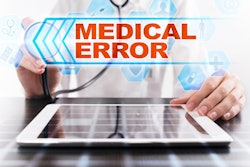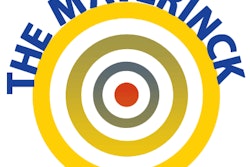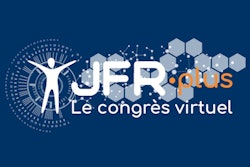Dear CT Insider,
Errors and discrepancies in daily practice are thought to occur in as many as 5% of imaging examinations reported, but reliable evidence about the causes of these errors is relatively thin on the ground.
Recent research carried out by Dr. Stefan Lazic, a London-based radiologist, has sought to fill this void by asking whether reporting speed is a major factor. The findings of his analysis of 57 CT and x-ray discrepancies over two years will come as a surprise to many people. Don't miss today's news report.
Many publications about the use of chest CT in COVID-19 pneumonia follow-up have appeared since the start of the pandemic in March, but in his latest column, the Maverinck has expressed deep concerns about the reliability of these and other studies. He fears journal editors are paying only lip service to the peer-review process.
Investigators at King's College Hospital will no doubt be hoping their new COVID-19 study involving the use of CT angiography meets the approval of Dr. Rinck and other experts. They're convinced that ground-glass opacification has great potential as an imaging biomarker in suspected stroke cases.
Lung cancer screening is a central theme at the upcoming annual congress for the French-speaking radiological community, the Journées Francophones de Radiologie. The event will take place between 2 and 5 October via six live-streaming channels. To set the scene, we've posted a preview article.
The 50th anniversary of CT is approaching, but how much do you know about the early days of the modality? Radiology historian Dr. Adrian Thomas did an internship at EMI Medical in the early 1970s, and he's an authority on the origins of the modality. He tells the story in his column.
This newsletter highlights only a few of the many articles posted over the past month or so in the CT Community. For the full list, check out the lineup below.




















